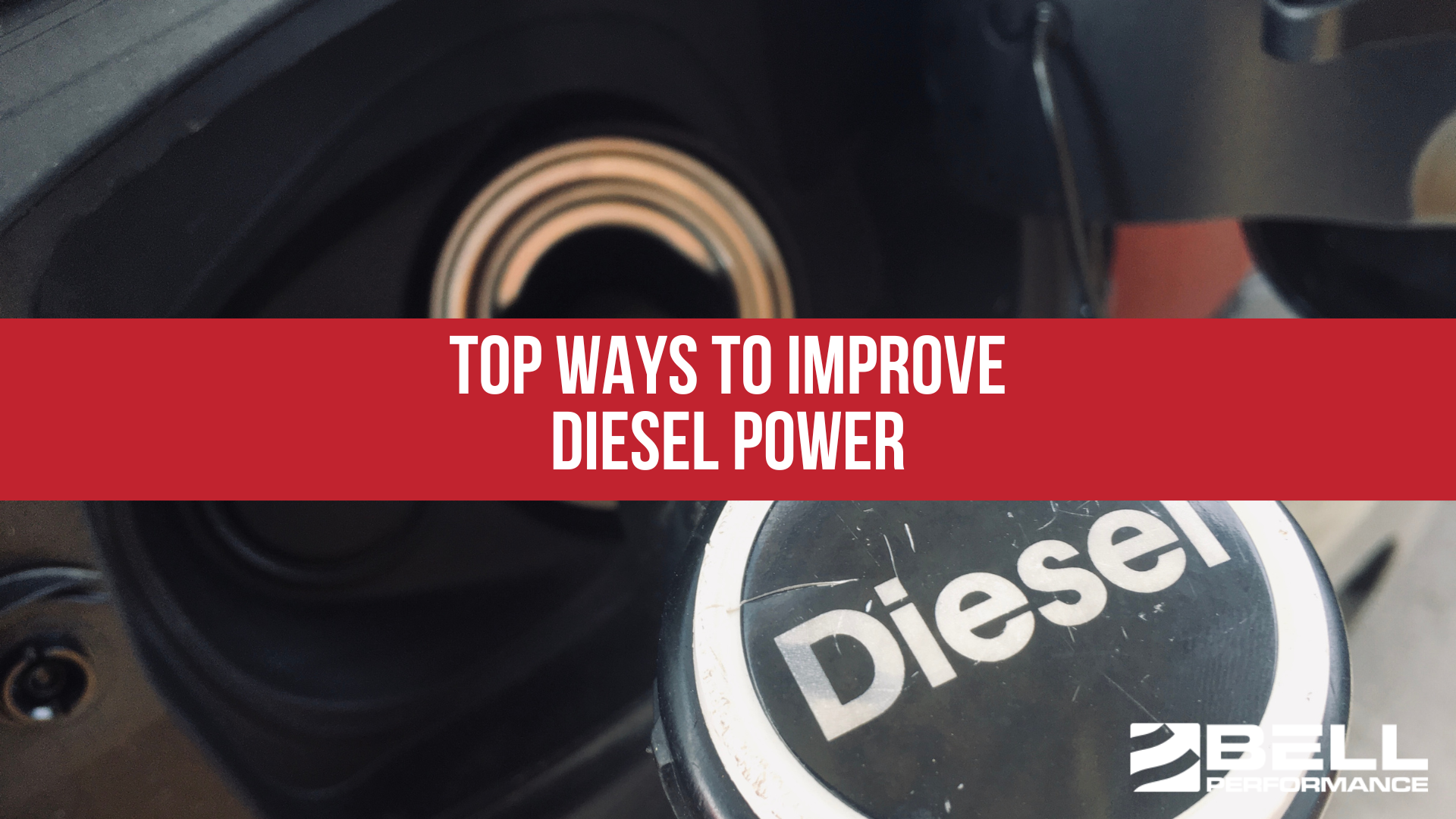Detergents in Diesel Fuel More Important Than Ever Before
In the world of fleet management and transportation, diesel engines represent the backbone of efficiency and reliability. However, maintaining the...

Everyone wants better mileage and better performance. What’s the most important element that determines that? Driver behavior, of course. But beyond that, clean fuel injectors are the most important influencer of mileage and performance. And today’s high-performance diesel engines are more dependent upon their fuel injectors than ever before.
The diesel engines of today are predominantly common rail systems. If you understand how these engines are different from the old-school traditional diesel engine designs, you get a better understanding of how important it is to keep the injectors clean so they can function optimally.
Understanding the common rail injection design starts with understanding the basics of mechanical fuel injection and how that evolved in the newer engines. The old school “mechanical injection” systems worked by having the fuel pump supply fuel to the injection pump, where it would be pressurized and sent out through a hard line to the injectors at the cylinder head. Each injector would receive a pressurized portion of the fuel that opens the pintle inside the injector (b/c of its pressure) and allows the fuel to be delivered through the nozzle and into the combustion chamber. If everything is working as it should, the fuel will be delivered in a very fine mist, at pressures 1,800 to 3,000 psi, which is the amount of pressure needed to force the injector pintle open.
The downside of this kind of system (if you wanted to put it that way)( is that the amount of fuel that would be supplied to each injector was pre-determined beforehand. Whatever was sent to the injector pump is what the injectors got. Still, for a long time, this system seemed to work fairly well. Diesel engines last a long time and are relatively efficient.
Yet, it was only a matter of time before someone came up with a better way. That way is the common rail injection system. It’s made today’s diesel engines light years ahead of even the best diesel engines of the past. Common rail injection systems start with pumps, fuel lines, injectors, and a fuel rail that all deliver and work with the fuel at much higher pressures than the old mechanical systems did.
The high-pressure pump supplies fuel, where it is pressurized to 5,000 psi. So we’re already starting at a much higher pressure. In fact, a common rail design engine won’t even fire if the pressure isn’t at least 5,000 psi – that’s the minimum pressure needed just for idling. The computer thinks something is wrong if it doesn't detect at least that minimum pressure.
From here, the fuel is delivered to the high-pressure fuel rail. This is the unit that will deliver the fuel to the injectors. The vehicle’s computer (in conjunction with other components like sensors and actuators) coordinates a complex ensuing dance of telling the injectors when to open (and for how long) and how much fuel (and when) to supply to the injectors.
With a common rail diesel engine, you could be looking at injection pressures as high as 30,000 psi. It doesn’t take an Einstein to infer that there’s a big difference between 3,000 psi in a mechanical system and 20,000+ psi in a common rail system. The rule of thumb is that the higher the pressure of delivery for fuel, the more efficiently it will burn.
Common rail diesel also has another big thing going for them - the computer controls the injection of the fuel to significantly more complex degrees than with mechanical injection. This computer can inject fuel as many as 4-5 times in a single piston power stroke, depending on what it detects needs to be done. This kind of specificity was never remotely possible with the old mechanical injection systems.
We say all this to bring us back round to the point that it’s more important than ever to keep those diesel fuel injectors clean. So using a good diesel fuel injector cleaner is a good idea. There are many options out there, from single-tank cleaners that you use once in a while to multi-function "keep clean" additives that combine injector detergents with other active ingredients in a formula that’s designed to be used on an ongoing basis. These ongoing additives are also priced to be more cost-effective to use. One other advantage of using this kind of detergent package is that they will remove deposits from all the areas that the fuel touches, not just injectors. So you clean your entire fuel system.
In the world of fleet management and transportation, diesel engines represent the backbone of efficiency and reliability. However, maintaining the...
Fuel injectors that are clean and functioning properly are THE key element to getting the best performance and fuel mileage from your diesel engine...

Everyone wants more power for their engine, whether it's a gas or diesel engine. Most of the ways to meaningfully improve diesel power involve...